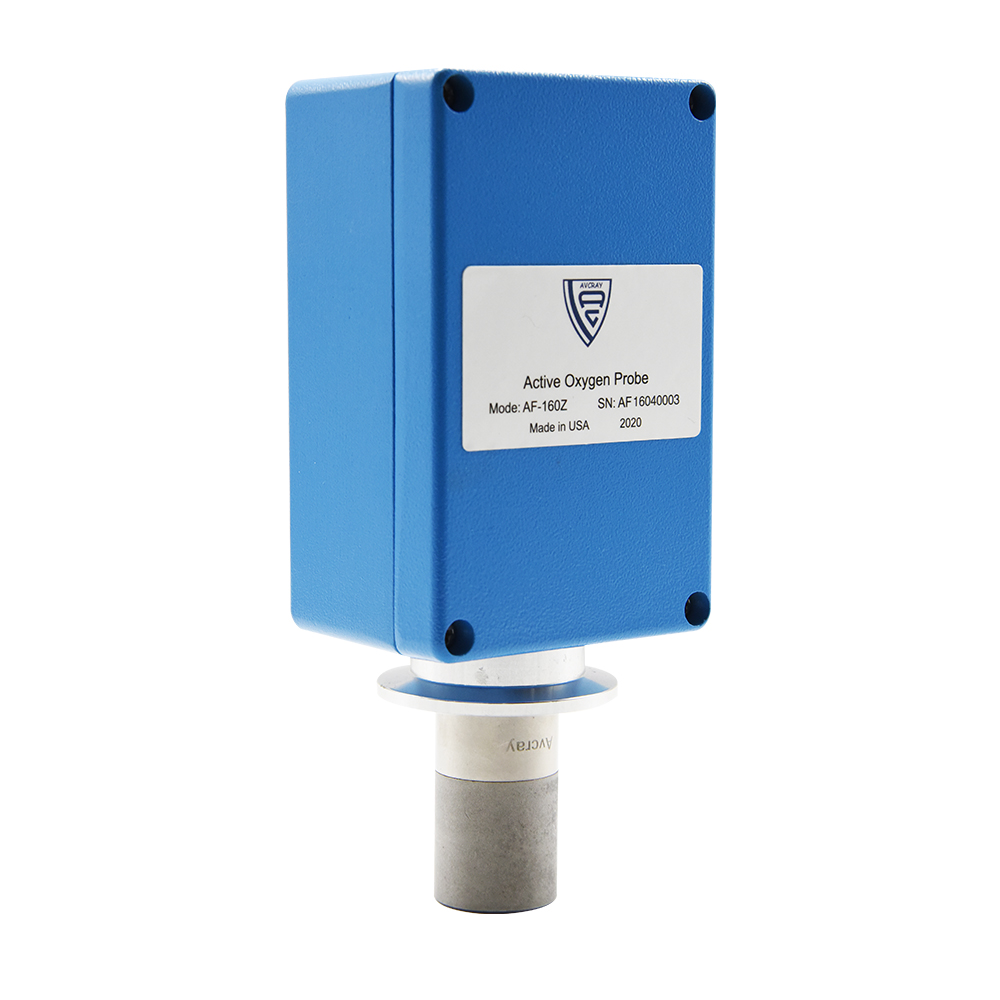The gas analyzer is a process analyzer for measuring gas composition. Commonly used are thermal conductivity gas analyzers, electrochemical gas analyzers and infrared absorption analyzers.
thermal magnetic type
Thermal Magnetic Oxygen Analyzer
The principle is to use the physical characteristics of the high magnetic susceptibility of oxygen in the flue gas components to determine the oxygen content in the flue gas. Oxygen is a paramagnetic gas (the gas that can be attracted by a magnetic field is called a paramagnetic gas). It is attracted in a non-uniform magnetic field and flows to a strong magnetic field. There is a heating wire here to increase the temperature of oxygen and decrease the magnetic susceptibility, so the magnetic field attraction is reduced, and the magnetic field is pushed out by the unheated oxygen molecules with higher magnetic susceptibility. The phenomenon of “thermomagnetic convection” or “magnetic wind”. Under a certain pressure, temperature and flow rate of the gas sample, the oxygen content in the gas sample can be measured by measuring the size of the magnetic wind. Since the thermistor (platinum wire) acts as the resistance of the two bridge arms of the unbalanced bridge and the heating resistance wire, the temperature gradient appears under the action of the magnetic wind, that is, the temperature of the bridge arm on the inlet side is lower than that of the bridge on the outlet side. The temperature of the arm. The unbalanced bridge will output the corresponding voltage value according to the oxygen content in the gas sample.
Thermomagnetic oxygen analyzer has the advantages of simple structure, easy manufacture and adjustment.

Electrochemical
A chemical gas analysis instrument. It measures the gas composition based on changes in the amount of ions or changes in current caused by chemical reactions. In order to improve selectivity, prevent contamination of the measuring electrode surface and maintain electrolyte performance, a diaphragm structure is generally used. Commonly used electrochemical analyzers have two types: constant potential electrolysis and galvanic battery. The working principle of the constant potential electrolysis analyzer is to apply a specific potential on the electrode, and the measured gas will produce electrolysis on the electrode surface. As long as the potential applied to the electrode is measured, the specific electrolysis potential of the measured gas can be determined, so that The meter has the ability to select and identify the gas to be measured. The galvanic cell analyzer electrolyzes the measured gas that diffuses into the electrolyte through the diaphragm, and measures the formed electrolysis current to determine the concentration of the measured gas. By choosing different electrode materials and electrolytes to change the internal voltage on the electrode surface, the selectivity to gases with different electrolytic potentials is achieved.
View more quality oxygen analyzers with low price and free shipping all over the world.
